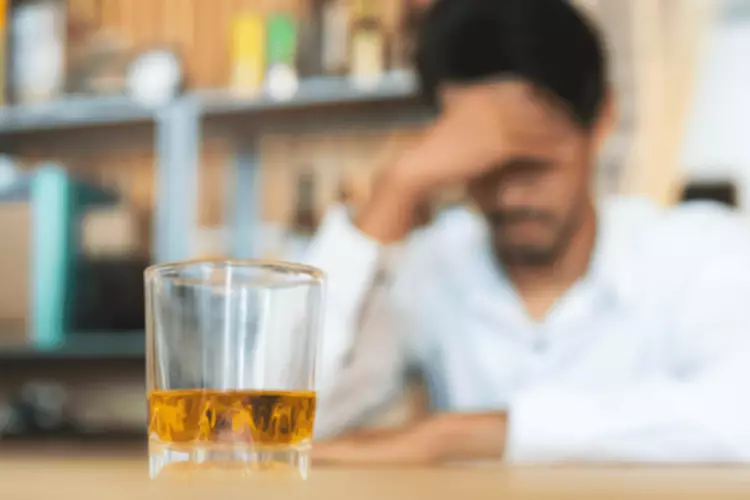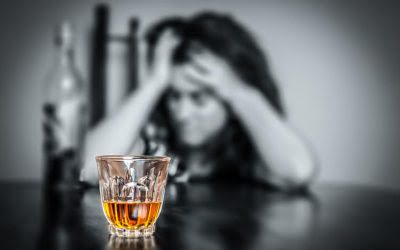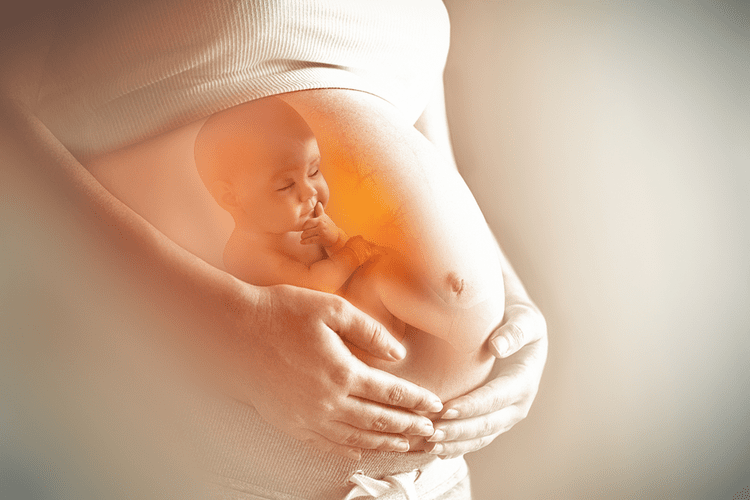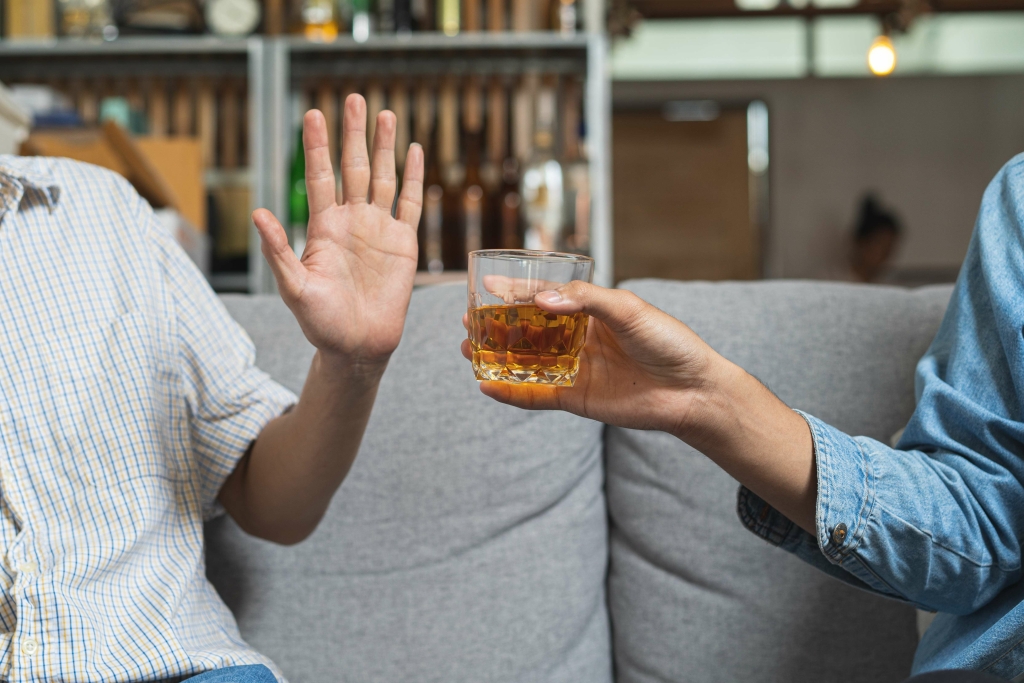ACT could help people with AUD acknowledge and work through challenging emotions instead of blocking them out. It might help if you developed AUD by using alcohol to suppress painful emotions and memories. As far back as 1933, the Standard Classified Nomenclature of Diseases listed alcoholism as a disease. Both the American Medical new genetic study confirms that alcohol is a direct cause of cancer nuffield department of population health Association (AMA) and APA approved this classification. Take a look at the Alcohol Abuse Screening Quiz to see how symptoms compare. While the brain’s dopamine transmitters drive us to seek pleasure, the stress neurotransmitters found in the extended amygdala region of the brain drive us to avoid pain and unpleasant experiences.
Medical Professionals
Unfortunately, nothing can prevent reactions to alcohol or ingredients in alcoholic beverages. To avoid a reaction, avoid alcohol or the particular substance that causes your reaction. Addiction changes the circuitry of the brain in ways that make it difficult for people to regulate through deliberative efforts the allure of a concentrated chemical rush of reward. Continued use of a drug increasingly dysregulates reward, motivation, and executive control systems. But the brain changes are not a malfunction of biology, which is the defining feature of disease.
Novel Real-world Methods in Social Drinkers and AUD (ALR)
- Yet the public often hears conflicting information about the potential risks and benefits of alcohol.
- Symptoms from alcohol withdrawal can become very uncomfortable or painful.
- These changes take place in brain circuits involved in pleasure, learning, stress, decision-making and self-control.
- People with alcohol use disorder can’t stop drinking, even when it causes problems, emotional distress or physical harm to themselves or others.
- And none of the studies randomly assigned people to drink or not drink, so they couldn’t prove cause and effect.
For people who have alcohol use disorder, stopping their drinking is an important first step. This process, however, can bring about the unpleasant and potentially serious symptoms of alcohol withdrawal syndrome. These include increased heart rate, sweating, anxiety, tremors, nausea and vomiting, heart palpitations, and insomnia. In more severe cases, people may also have seizures or hallucinations.
Is alcohol use disorder treatment different for pregnant women and mothers of newborns?
Seeking professional help early can prevent a return to drinking. Behavioral therapies can help people develop skills to avoid and overcome triggers, such as stress, that might lead to drinking. Medications also can help deter drinking during compare different sober houses times when individuals may be at greater risk of a return to drinking (e.g., divorce, death of a family member). Genetic, psychological, social and environmental factors can impact how drinking alcohol affects your body and behavior.
It’s effective because motivation and active participation are often key in AUD recovery. At this stage, the person is no longer drinking to experience pleasure. In fact, drinking may not even bring any feeling of pleasure anymore. The drinker is drinking to avoid pain, not to get those feelings of euphoria. The problem is the alcoholic’s mental obsession with alcohol is much more subtle than a song playing in one’s mind. All they know is there is a sudden urge for a drink, a physical compulsion.
But, once addicted, substance use also disrupts prefrontal circuits. Alcoholics build such a tolerance that they are no longer able to reach the high they once did, however, the lows they experience when not drinking become lower and lower. Other pursuits in life that once brought pleasure and balanced out the lows no longer do so. Alcohol use can progress to a point where the only thing that can relieve prevention of substance use and mental disorders the withdrawal symptoms is more alcohol. When so many things in life become reminders of drinking, it becomes more and more difficult for people to not think about drinking. The same dopamine neurotransmitters affected by alcohol and other substances are also involved in the ability to feel pleasure from ordinary pursuits such as eating food, having sex, and engaging in social interaction.
In addition to being a diagnosable mental health condition, AUD is also a medical disease. When this reward system is disrupted by substance misuse or addiction, it can result in the person getting less and less enjoyment from other areas of life when they are not drinking or using drugs, according to the Surgeon General’s report. Other types of brain scans have revealed that alcohol damages parts of the nervous system and the brain stem, causing issues with problem-solving and emotional regulation. The scans have also shown differences in electrical activity in the brains of people dependent on alcohol and people going through alcohol withdrawal symptoms. Brain scans also show the biological impact of chronic alcohol use, according to the National Institute on Alcohol Abuse and Alcoholism. CT scans have revealed that atrophy, or wasting away of cells, commonly occurs in the brains of alcoholics.
A legacy of historical injustices and systemic barriers faced by Black women has an influence on intergenerational substance use disorders. Explore Mayo Clinic studies testing new treatments, interventions and tests as a means to prevent, detect, treat or manage this condition. People who have AUD may continue to use alcohol even though they know it is causing social, health, economic, and possibly even legal problems in their life. In 2019, an estimated 14.5 million people in the United States had an AUD. What’s more, according to the Centers for Disease Control and Prevention (CDC), excessive alcohol use leads to over 95,000 deaths in the U.S. every year.
Because addiction is such a complex phenomenon, there are many theories about what addiction is. It matters how people view addiction because that influences what they are willing to do about it, or even whether they believe they can do anything about it. Please include what you were doing when this page came up and the Cloudflare Ray ID found at the bottom of this page. Health, safety and socioeconomic problems attributable to alcohol can be reduced when governments formulate and implement appropriate policies. Hosted by Amy Morin, LCSW, this episode of The Verywell Mind Podcast shares strategies for coping with alcohol cravings and other addictions, featuring addiction specialist John Umhau, MD. Make your tax-deductible gift and be a part of the cutting-edge research and care that’s changing medicine.




